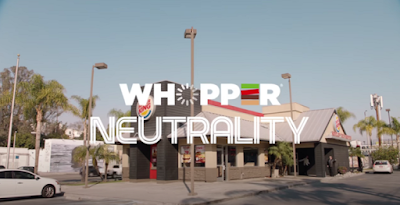Hype Marketing
Now we know what supply and demand is right? So, what a regular brand does is if there is more demand then they reciprocate with more supply but in this case, you do the opposite. Less supply results in more demand and that builds the hype, as long as you don’t lose customers.
Now I would like to introduce you to the term “conspicuous consumption”.
The dictionary defines the above term as expenditure on or consumption of luxuries on a lavish scale in an attempt to enhance one's prestige or in other words, buy costly stuff to rub it on your friend’s face.
This term was coined by Thorstein Veblen and products that follow this theory (Veblen theory) are called Veblen goods. Now usually a less supply results in losing your loyal customers to other brands but this doesn’t apply to Veblen goods. For these products, less supply results in massive profits and this is due to yes you guessed it Hype.
The one product that heavily relies on Hype marketing is a style of clothing that has come up in the recent decade: - Streetwear.
Supreme’s hype marketing strategy
Source: www.robbreport.com
A “drop” is a term that comes from the fashion world, perfected by the New York-based skater brand Supreme, which releases limited-edition runs of 5-15 new products every Thursday at 11 am, using a strategy borrowed from Japanese streetwear culture. No advance previews of the items; it’s all about surprise.
Scenesters in search of the hippest new T-shirts, sneakers, and hats (plus quirky accessories like hair clippers and boxing gloves) flock to these weekly events to buy, then spread the news via social media - leading to skyrocketing demand.
The company has expanded to Los Angeles, London, Tokyo, and most recently Paris. It’s valued at over $1B and only has 13 retail outlets.
Supreme’s business model is in simple words the exact opposite of Amazon. Supreme drops a limited amount of product in their online and offline stores and once it sells out, it's gone. People have to resort to buying its products in a secondary product where it becomes even more expensive, and I mean really expensive.
This results in such a devoted fan following that people buy any random things that have a supreme logo on them for example supreme crowbar, bolt cutters and bricks (yes bricks).
Source: www.robbreport.com
So, to recap, less manufacturing costs and insane profits - what can go wrong?
The worst thing that can happen to companies that resort to hype like Supreme or Patek Phillipe is a phenomenon called market flooding. Flooding the market is an excess amount of inventory for sale causing an undesired drop in price for the product that can, in extreme cases, make the price go negative or make the products impossible to sell at any price. Basically, the expensive shoes you bought to flex on the people you know is now pretty much worthless (that’s an oof)
The bottom line
So, it has its pros and cons but it all comes down to the important question. Is it sustainable? And the answer to that unfortunately is no. For a short period of time, it may work wonders but everything good comes with a price and here it’s a question of when it stops and the company sinks and you are broke and wishing you stopped when you were ahead.



Amazing content!!!!💫
ReplyDeleteWoww What a marketing strategy this is!
ReplyDelete